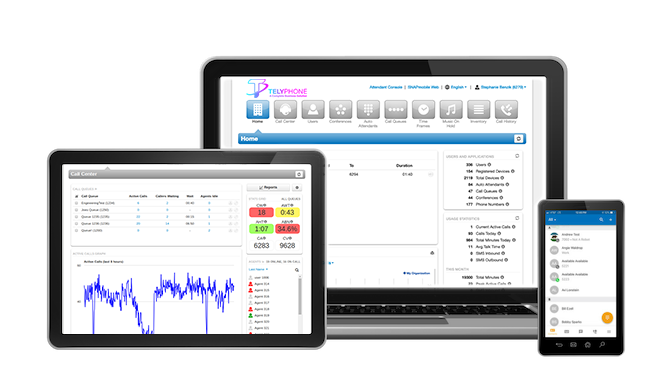WHAT IS SIP TRUNKING?
Session Initiation Protocol, or SIP, is the way you achieve a voice over IP (VoIP) call. It’s an application layer protocol for setting up real-time sessions of audio and/or video between two endpoints (phones). Simply put, SIP is the technology that creates, modifies, and terminates sessions with one or more parties in an IP network, whether a two-way call or a multi-party conference call.
BENEFITS OF SIP TRUNKING
A SIP trunk is the virtual version of an analog phone line. Using SIP trunks, a SIP provider can connect one, two, or twenty channels to your PBX, allowing you to make local, long distance, and international calls over the Internet. If you have an on-premises PBX in your office, a SIP trunk provider can connect to you and allow you to make outbound calls on your existing system, without restrictions on the number of concurrent calls.
________________
Provides an increased level of reliability by providing a level of redundancy. In an emergency, if failure occur, SIP Trunking providers are able to reroute services to a redundant data line or forward the PBX to a mobile phone and keep your phone lines up and running.
________________
Add or remove channels with ease. Provides flexibility and ability for your phone system to grow as your company evolves.
________________
Reduce your costs by eliminating expenses associated with expensive hardware and wiring, eliminate the cost of maintenance and consistent IT expenses. Allows for you to pay for the trunks you need for a low monthly cost.
SIP TRUNKING — ENHANCED PREMISE-BASED IP PBXs
All you need is a steady internet connection and an existing phone system and you are ready for the benefits of SIP Trunking.
With constant pressure to enhance services and reduce costs, businesses are turning to SIP trunking as a way to compete in the voice market. Combing data and voice networks, will provide significant savings as well as open the door for wide range of new applications.
Economical. SIP trunking represents a simple and affordable solution to transform costly TDM-based PBX infrastructure into IP telephony. Both service providers and enterprises can leverage a single integrated IP access link for voice and data.
Because the voice and data traffic share one network, capacity management is easier and less expensive. Companies don’t have to buy extra bandwidth to handle simultaneous calls for their worst- case scenarios. Instead, voice overflows are dynamically shared on the data network.
New Applications and Services Opportunities. SIP trunking allows users to deliver a variety of new features, functionality, applications and services to their employee base in turn increasing productivity and decreasing expenses. By creating an opportunity for your employees to communicate and connect from anywhere in the world, you are positioning your business to generate additional revenue by not leaving any opportunity unanswered. In addition, you can keep an inventory of new capabilities in the pipeline to differentiate your company and reduce churn.

